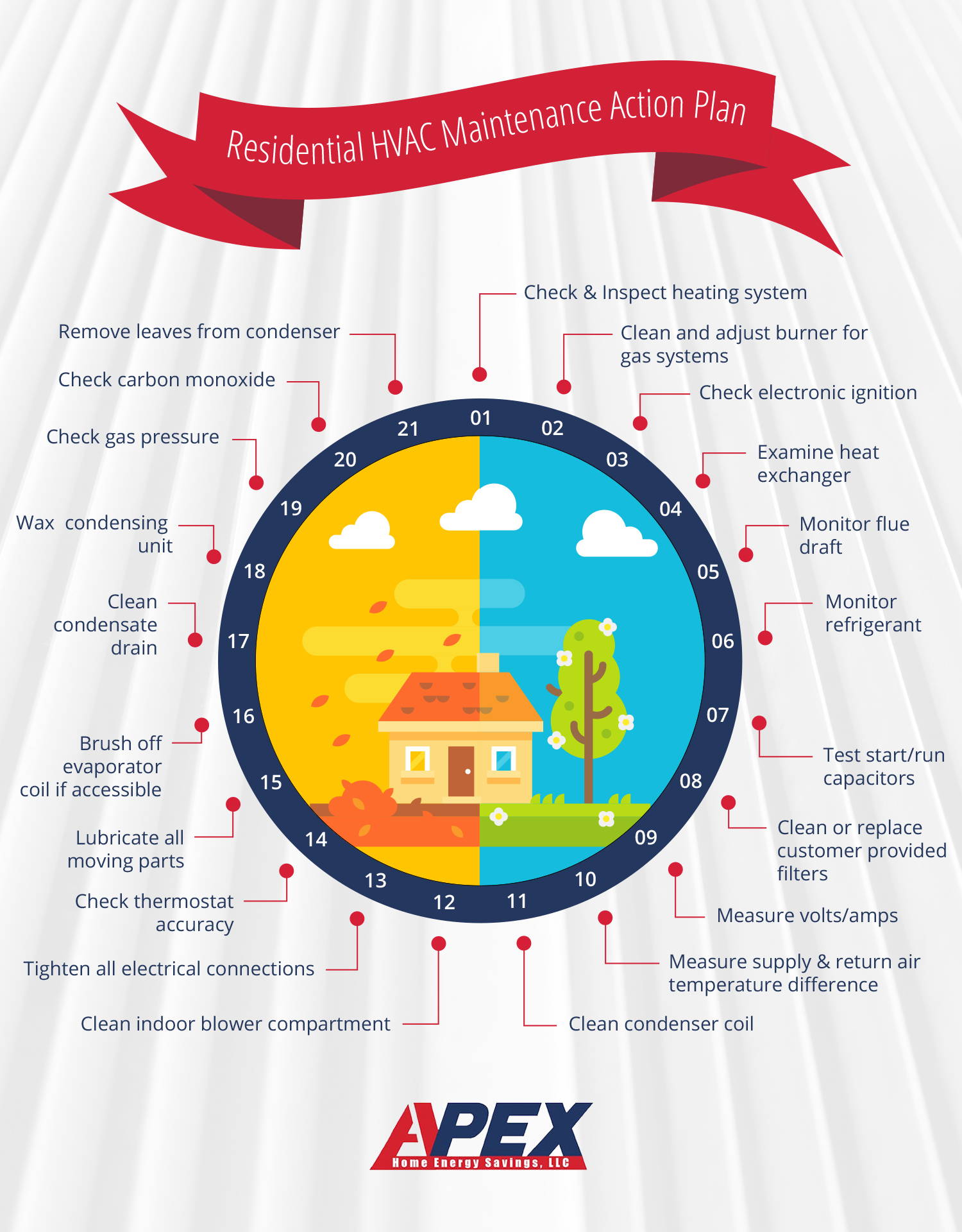The most effective heat pumps can save you significant quantities of money on energy expenses. They can additionally help in reducing greenhouse gas exhausts, especially if you make use of electrical power instead of nonrenewable fuel sources like propane and home heating oil or electric-resistance heaters.
Heat pumps work significantly the like air conditioners do. This makes them a practical choice to standard electric home heating systems.
How They Function
Heat pumps cool down homes in the summer season and, with a little help from electrical energy or natural gas, they give some of your home's home heating in the winter months. They're a great option for individuals that wish to reduce their use fossil fuels yet aren't all set to change their existing heating system and cooling system.
They rely upon the physical reality that even in air that appears also cool, there's still energy existing: cozy air is always moving, and it wants to move into cooler, lower-pressure settings like your home.
A lot of power celebrity accredited heatpump operate at near their heating or cooling capacity throughout a lot of the year, decreasing on/off biking and saving energy. For the best efficiency, focus on systems with a high SEER and HSPF rating.
The Compressor
The heart of the heat pump is the compressor, which is likewise referred to as an air compressor. This mechanical moving gadget uses potential power from power production to increase the pressure of a gas by lowering its volume. It is various from a pump in that it only services gases and can't deal with fluids, as pumps do.
Atmospheric air enters the compressor via an inlet shutoff. It travels around vane-mounted arms with self-adjusting length that split the inside of the compressor, creating multiple cavities of varying size. The blades's spin forces these cavities to move in and out of phase with each other, pressing the air.
The compressor pulls in the low-temperature, high-pressure refrigerant vapor from the evaporator and presses it into the hot, pressurized state of a gas. This process is duplicated as needed to provide heating or cooling as called for. The compressor also has a desuperheater coil that recycles the waste warmth and includes superheat to the refrigerant, transforming it from its fluid to vapor state.
The Evaporator
The evaporator in heatpump does the very same point as it performs in fridges and a/c, changing fluid cooling agent right into a gaseous vapor that eliminates warm from the room. Heatpump systems would not function without this crucial tool.
This part of the system lies inside your home or building in an indoor air trainer, which can be either a ducted or ductless system. It includes an evaporator coil and the compressor that compresses the low-pressure vapor from the evaporator to high pressure gas.
Heat pumps take in ambient warmth from the air, and then use power to move that warmth to a home or service in home heating setting. https://www.cnet.com/home/energy-and-utilities/how-to-stop-air-conditioning-from-leaking-outside/ makes them a lot extra energy efficient than electric heaters or heaters, and because they're using clean power from the grid (and not melting fuel), they additionally create much fewer discharges. That's why heatpump are such wonderful environmental options. (Not to mention visit this link coming to be so prominent.).
The Thermostat.
Heat pumps are fantastic options for homes in chilly climates, and you can use them in combination with traditional duct-based systems or even go ductless. They're an excellent different to nonrenewable fuel source furnace or traditional electrical heaters, and they're much more sustainable than oil, gas or nuclear a/c devices.
Your thermostat is the most vital component of your heat pump system, and it functions really differently than a conventional thermostat. All mechanical thermostats (all non-electronic ones) job by using compounds that change size with increasing temperature, like coiled bimetallic strips or the expanding wax in a vehicle radiator valve.
These strips include 2 different kinds of metal, and they're bolted together to develop a bridge that completes an electrical circuit attached to your heating and cooling system. As the strip gets warmer, one side of the bridge expands faster than the various other, which creates it to bend and signal that the heating unit is needed. When the heat pump remains in heating setting, the reversing shutoff reverses the flow of refrigerant, to make sure that the outdoors coil now operates as an evaporator and the indoor cylinder comes to be a condenser.
